Previous Day - Next Day

Little drops of water,
Little grains of sand,
Make the mighty ocean
And the pleasant land.
Thus the little minutes,
Humble though they be,
Make the mighty ages
Of eternity.
~ Julia Abigail Fletcher Carney
Wikiquote (Julia Abigail Fletcher Carney (April 6, 1823 – November 1, 1908) an American educator and poet. She wrote the poem "Little things".)
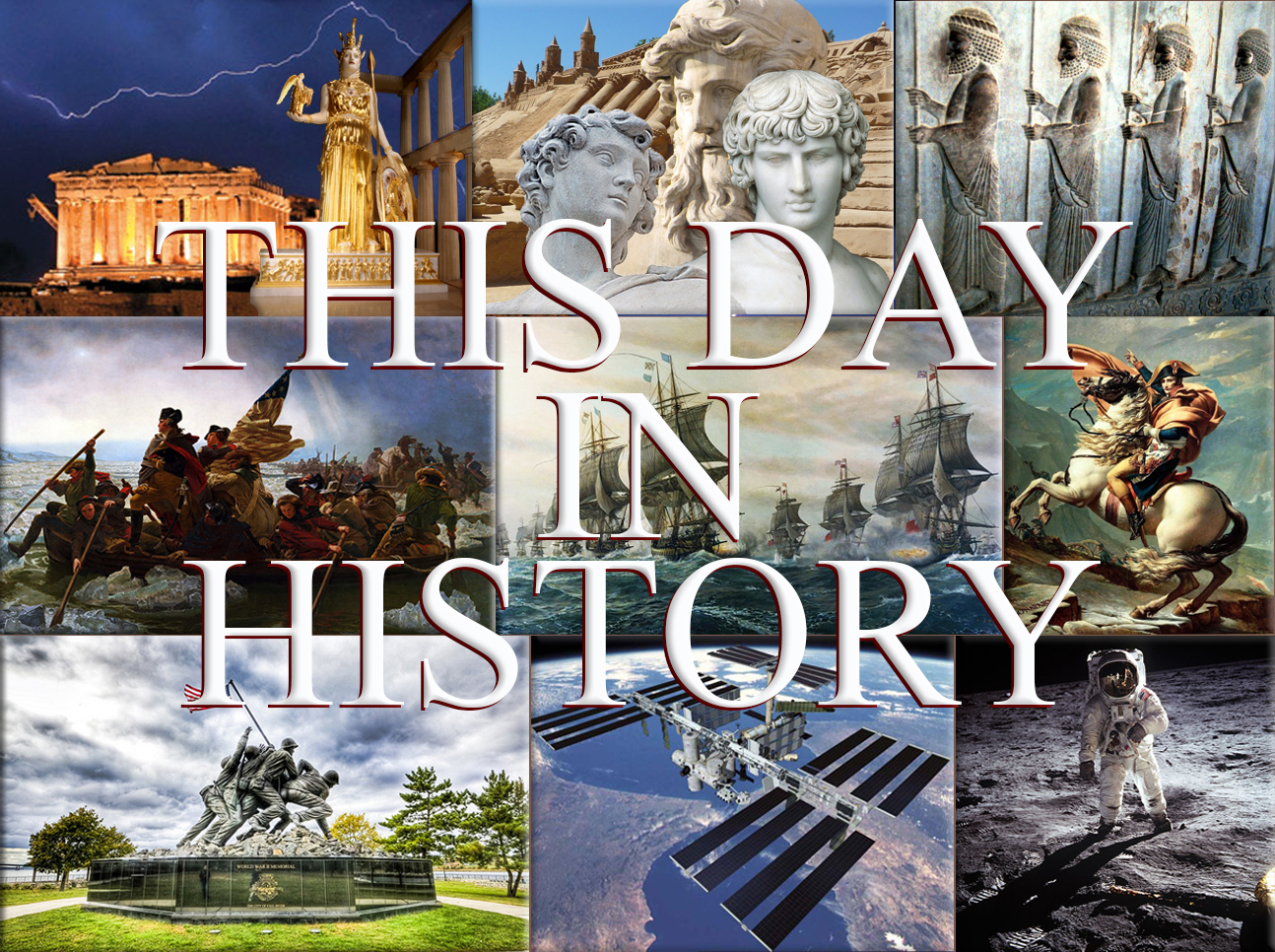
April 6th, 46 BC
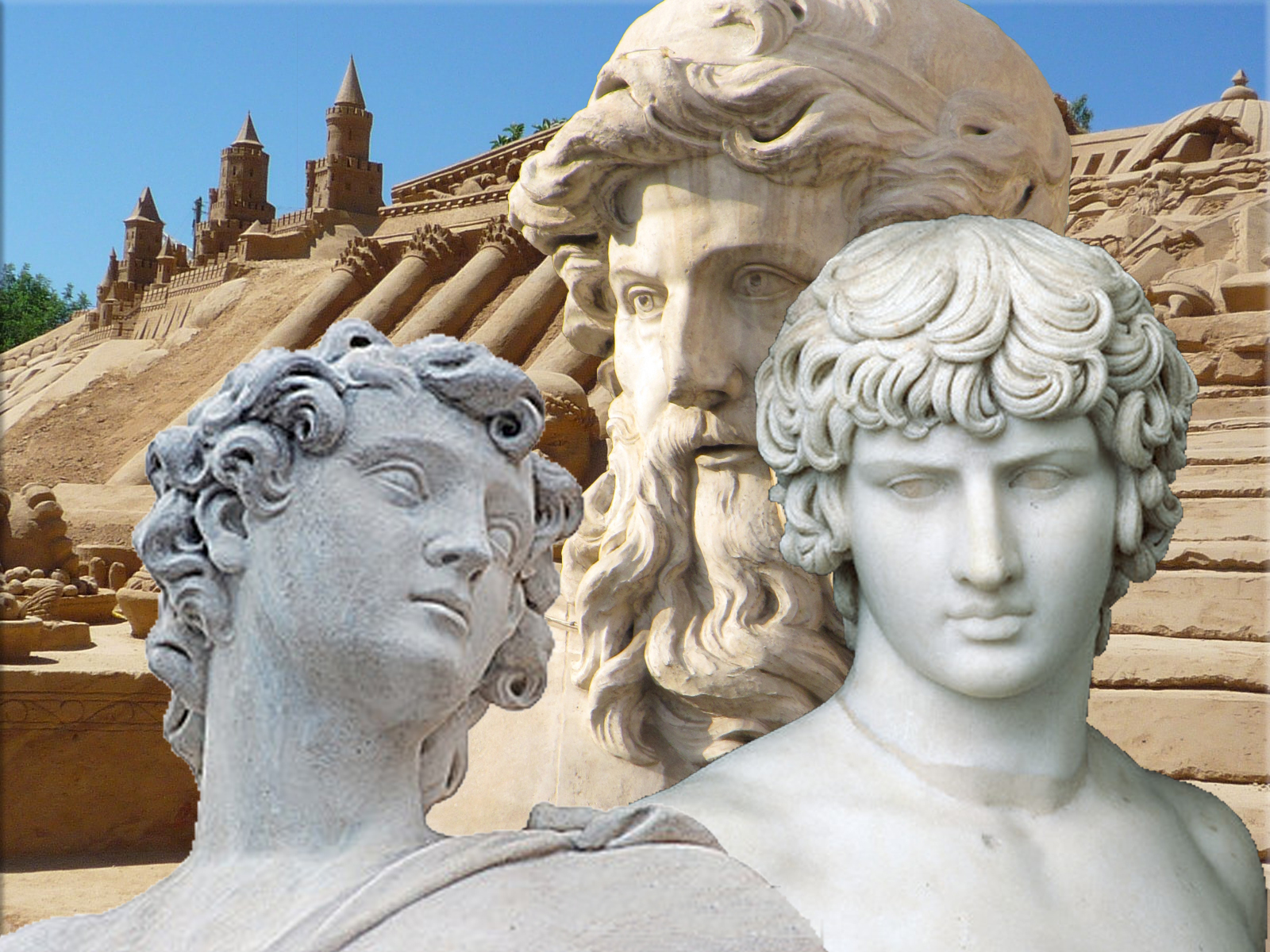
Roman Empire:
46 BC - Battle of Thapsus; Julius Caesar defeats Caecilius Metellus Scipio and Marcus Porcius Cato (Cato the Younger).
402 - Battle of Pollentia; Stilicho stymies the Visigoths under Alaric.
Wikipedia Photo: ● Ancient roman statue ● Detail of Head from Roman Statue of Antinous, credit Corbis ● Statue of Neptune, Trevi Fountain, Rome ● International Sand Sculpture Festival, FIESA 7 ancient Rome.
April 6th, 1199
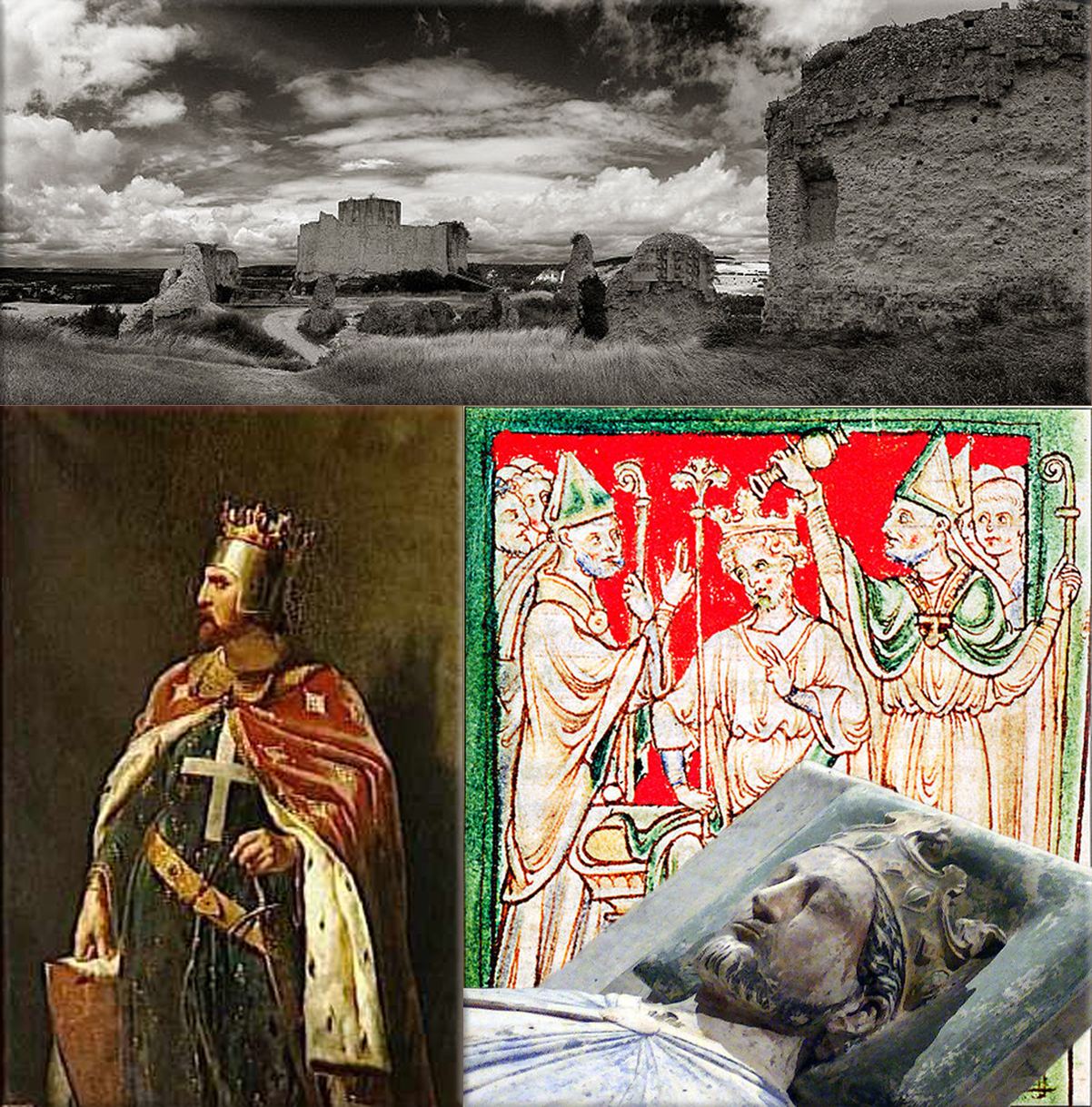
King Richard I of England wounded by a crossbow bolt while fighting France on March 25th, dies from an infection following the removal of an arrow from his shoulder.
Wikipedia Image: Richard I of England: The ruins of Château Gaillard. Even a rain of blood – considered a bad omen – did not dissuade Richard from building his vast and expensive fortress in Normandy. ● 19th-century portrait of Richard by Merry-Joseph Blondel ● Richard I being anointed during his coronation in Westminster Abbey, from a 13th-century chronicle ● Effigy (1199) of Richard I at Fontevraud Abbey, Anjou.
April 6th, 1250

Crusades:
1250 - Seventh Crusade; Battle of Fariskur - Ayyubids of Egypt captures King Louis IX of France.
Wikipedia Image: The Siege of Antioch, from a 15th-century miniature; After the successful siege of Jerusalem in 1099, Godfrey of Bouillon, leader of the First Crusade, became the first ruler of the Kingdom of Jerusalem; Baldwin I of Jerusalem; Medieval image of Peter the Hermit, leading knights, soldiers and women toward Jerusalem during the First Crusade; The Battle of Ager Sanguinis, 1337 miniature; Pope Innocent III excommunicating the Albigensians, Massacre against the Albigensians by the crusaders; The capture of Jerusalem marked the First Crusade's success.
April 6th, 1320
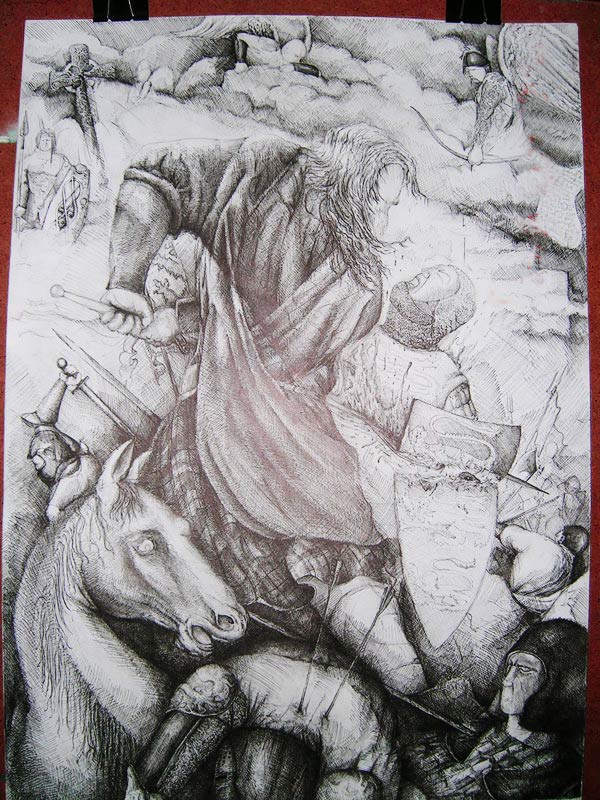
Wars of Scottish Independence:
1320 - The Scots reaffirm their independence by signing the Declaration of Arbroath.
Wikipedia Painting: 1314 - Wars of Scottish Independence: The Battle of Bannockburn concludes with a decisive victory of the Scottish forces led by Robert the Bruce
April 6th, 1453

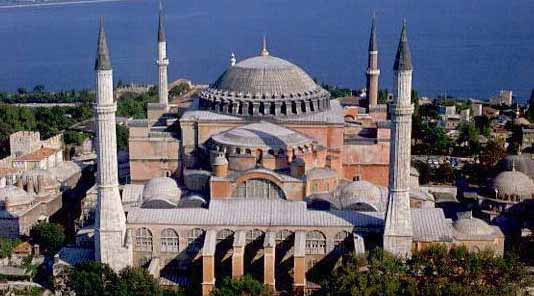
Byzantine Empire (East Roman Empire):
1453 - Mehmed II begins his siege of Constantinople (Istanbul), which falls on May 29.
Wikipedia Image: The Baptism of Constantine painted by Raphael's pupils (1520–1524, fresco, Vatican City, Apostolic Palace); Mural of Saints Cyril and Methodius, 19th century, Troyan Monastery, Bulgaria; Justinian I depicted on one of the famous mosaics of the Basilica of San Vitale, Ravenna; The Greek fire was first used by the Byzantine Navy during the Byzantine-Arab Wars (from the Madrid Skylitzes, Biblioteca Nacional de España, Madrid); Alexios I, founder of the Komnenos dynasty.
Photo: Byzantine Empire is the great church of Hagia Sophia (Church of the Holy Wisdom) in Constantinople (562).
April 6th, 1580

Earthquake:
1580 - Dover Straits earthquake; One of the largest earthquakes recorded in the history of England, Flanders, or Northern France, takes place.
1667 - An earthquake devastates Dubrovnik, then an independent city-state.
2009 - L'Aquila earthquake; A 6.3 magnitude earthquake strikes near L'Aquila, Italy.
Wikipedia Image: Preliminary Determination of Epicenters / Aleppo Syria; Anchorage, Alaska - March 28, 1964 Prince William Sound USA earthquake and tsunami; 8.9 Mega Earthquake Strikes Japan; Tsunami Swirls Japan's Ibaraki Prefecture March 12 2011. credit NOAA / NGDC, NOAA National Geophysical Data Center, USGS, National Geographics.
April 6th, 1652

At the Cape of Good Hope, Dutch sailor Jan van Riebeeck establishes a resupply camp that eventually becomes Cape Town.
Wikipedia Photo: Cape Town, South Africa
April 6th, 1712
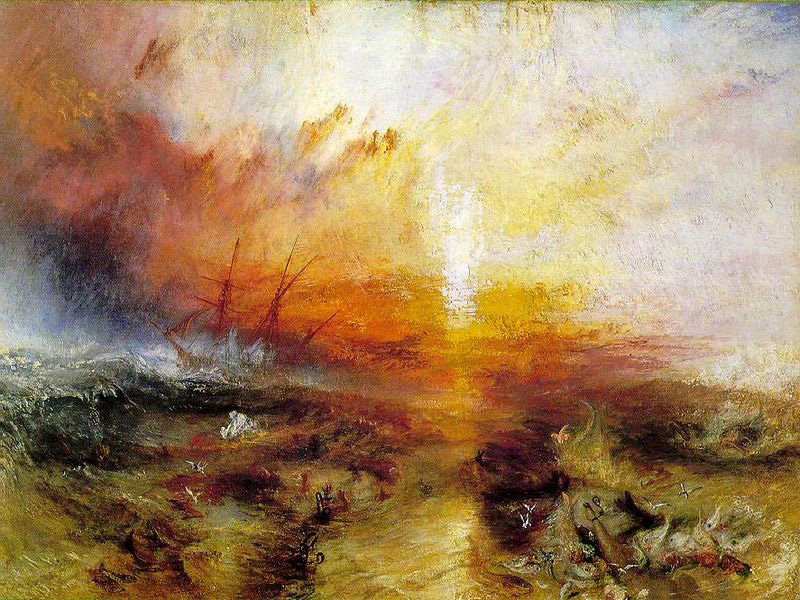
New York Slave Revolt of 1712: begins near Broadway.
Wikipedia Painting: The Slave Ship, J. M. W. Turner's representation of the mass-murder of slaves, inspired by the Zong Massacre.
April 6th, 1776
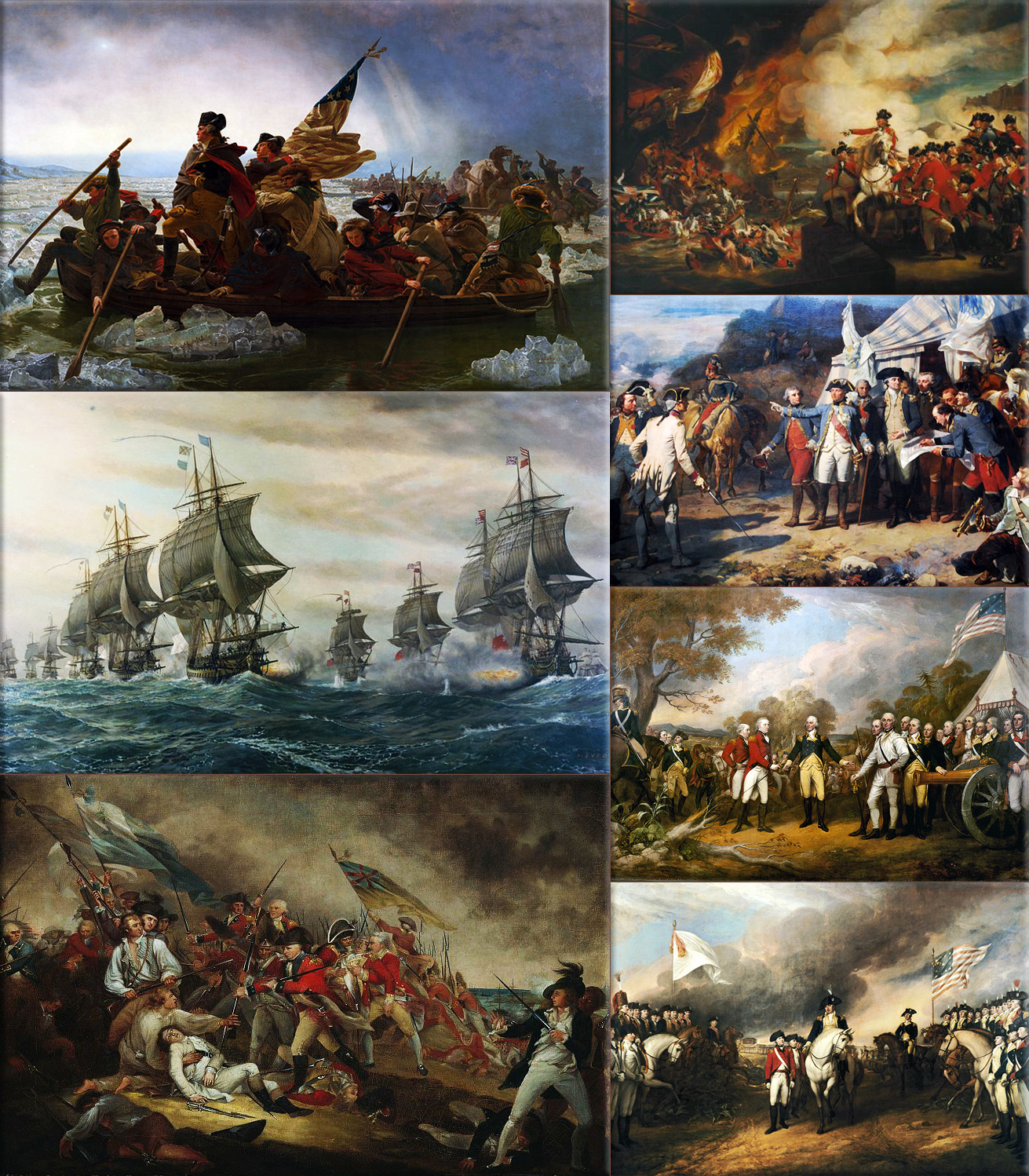
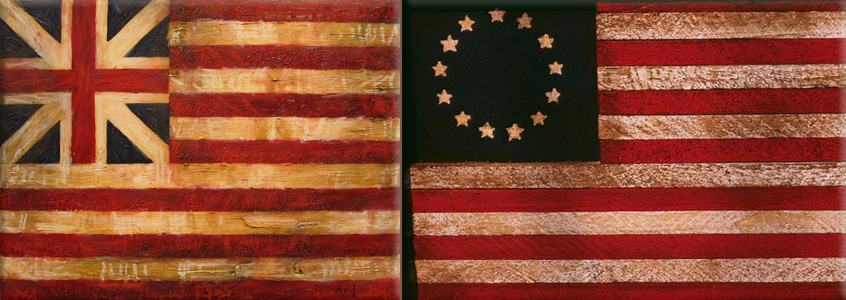
American Revolutionary War:
1776 - Battle of Block Island; Ships of the Continental Navy fail in their attempt to capture a Royal Navy dispatch boat.
Wikipedia Paintings: Washington Crossing the Delaware, by Emanuel Leutz; Battle of the Chesapeake, French (left) and British (right) lines; Battle of Bunker Hill, The Death of General Warren at the Battle of Bunker Hill by John Trumbull; The Defeat of the Floating Batteries at Gibraltar, September 13, 1782, by John Singleton Copley; Washington and the Comte de Rochambeau at Yorktown, 1781; "The surrender at Saratoga" shows General Daniel Morgan in front of a French de Vallière 4-pounder; Surrender of Cornwallis at Yorktown by (John Trumbull, 1797).
Grand Union - Stars and Stripes Flag
April 6th, 1782
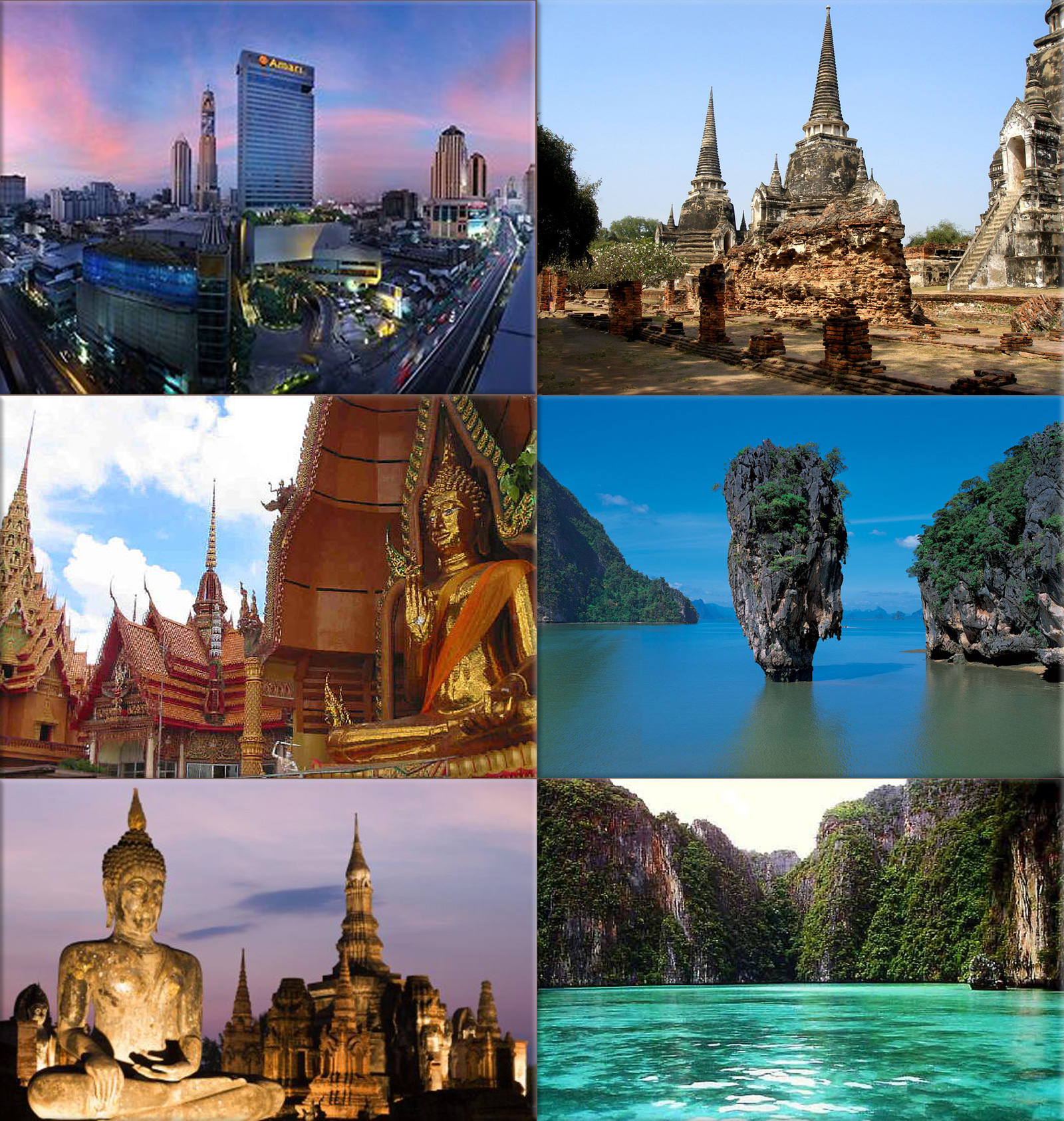
King of Siam Buddha Yodfa Chulaloke (Rama I) of Siam (modern day Thailand) founded the Chakri dynasty.
Wikipedia Image: Thailand (officially the Kingdom of Thailand, formerly known as Siam) is a country located at the centre of the Indochina peninsula in Southeast Asia.
April 6th, 1793
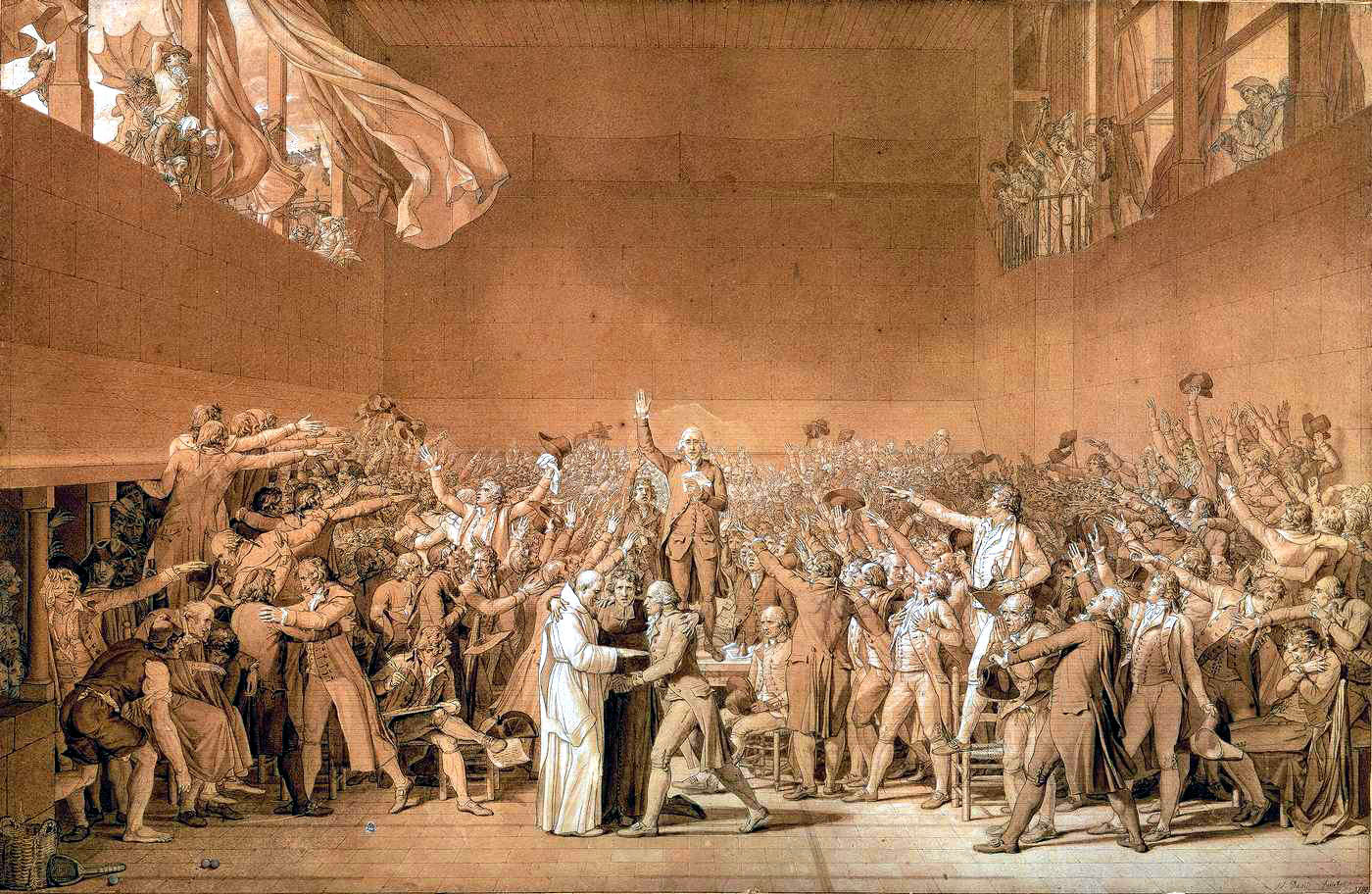
French Revolution, French Revolutionary Wars:
1793 - The Committee of Public Safety becomes the executive organ of the republic.
Wikipedia Painting: The National Assembly, by Jacques-Louis David
April 6th, 1808
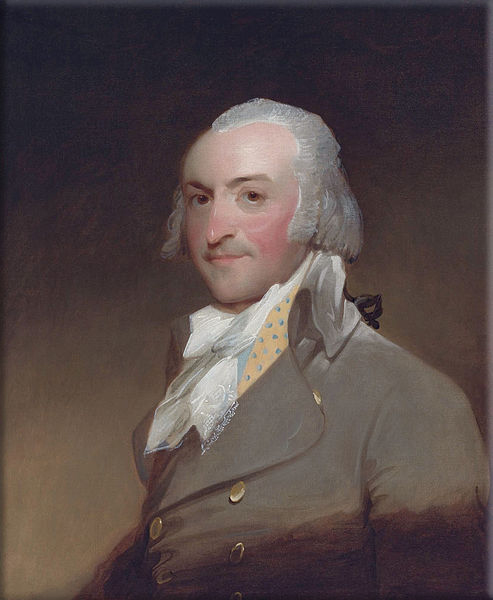
John Jacob Astor incorporates the American Fur Company, that would eventually make him America's first millionaire.
Wikipedia Painting: John Jacob Astor, that would eventually make him America's first millionaire.
April 6th, 1812

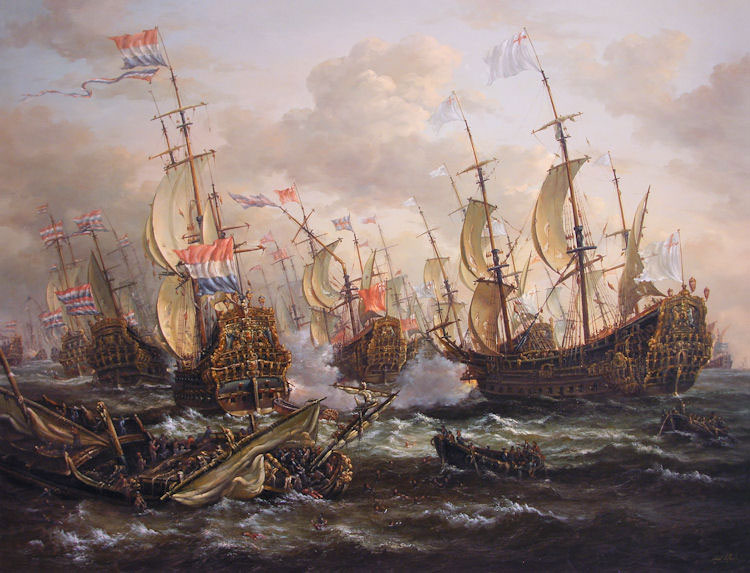
French Revolutionary Wars / Napoleonic Wars:
1812 - Siege of Badajoz; British forces under the command of the Duke of Wellington assault the fortress of Badajoz. This would be the turning point in the Peninsular War against Napoleon-led France.
1814 - Nominal beginning of the Bourbon Restoration; anniversary date that Napoleon abdicates and is exiled to Elba.
Wikipedia Painting: Battle of Trafalgar: The British HMS Sandwich fires to the French flagship Bucentaure (completely dismasted) in the battle of Trafalgar;
Napoleon in Berlin (Meynier). After defeating Prussian forces at Jena, the French Army entered Berlin on 27 October 1806;
Battle of the Bridge of Arcole Napoleon Bonaparte leading his troops over the bridge of Arcole, by Horace Vernet;
Napoleon as King of Italy (Appiani);
Napoleon Crossing the Alps (David). In 1800 Bonaparte took the French Army across the Alps, eventually defeating the Austrians at Marengo;
Charge of the Russian Imperial Guard cavalry against French cuirassiers at the Battle of Friedland, 14 June 1807;
Battle of Borodino as depicted by Louis Lejeune. The battle was the largest and bloodiest single-day action of the Napoleonic Wars;
Napoleon's withdrawal from Russia, a painting by Adolph Northen;
Wellington at Waterloo by Robert Alexander Hillingford;
Napoleon is often represented in his green colonel uniform of the Chasseur à Cheval, with a large bicorne and a hand-in-waistcoat gesture.
Battle of the Nile (Battle of Aboukir Bay).
April 6th, 1861
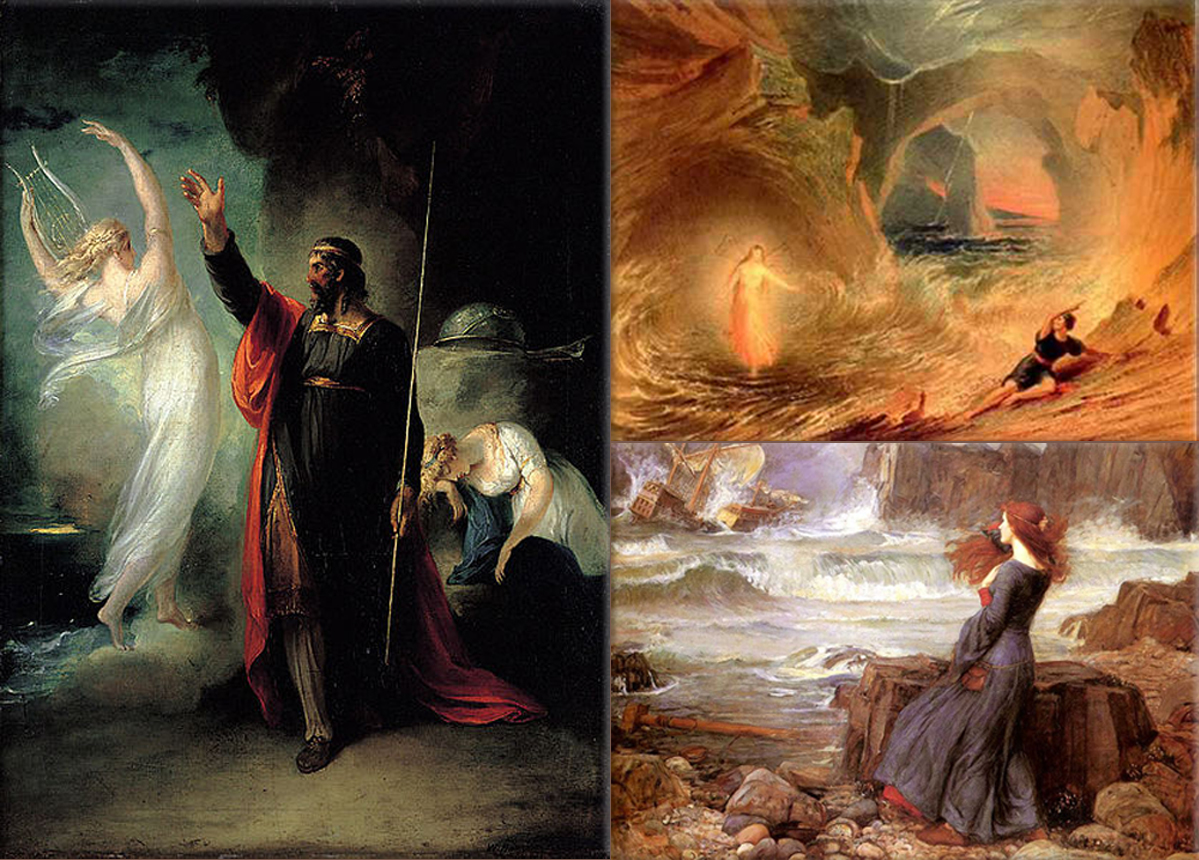
First performance of Arthur Sullivan's debut success, his suite of incidental music for The Tempest, leading to a career that included the famous Gilbert and Sullivan.
Wikipedia Painting: Gilbert and Sullivan's The Tempest; Prospero and Ariel from a painting by William Hamilton ● Miranda by John William Waterhouse.
April 6th, 1862
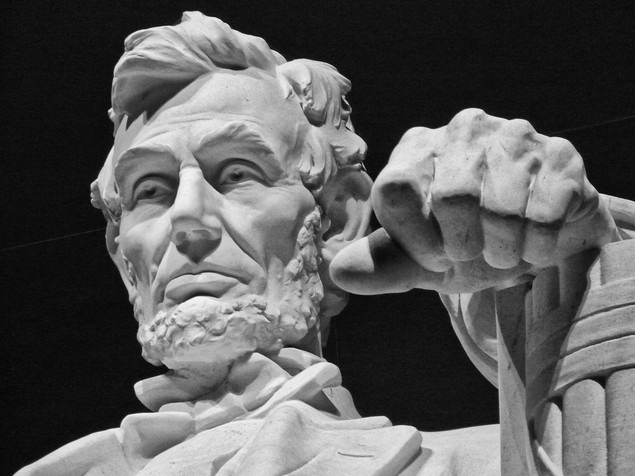
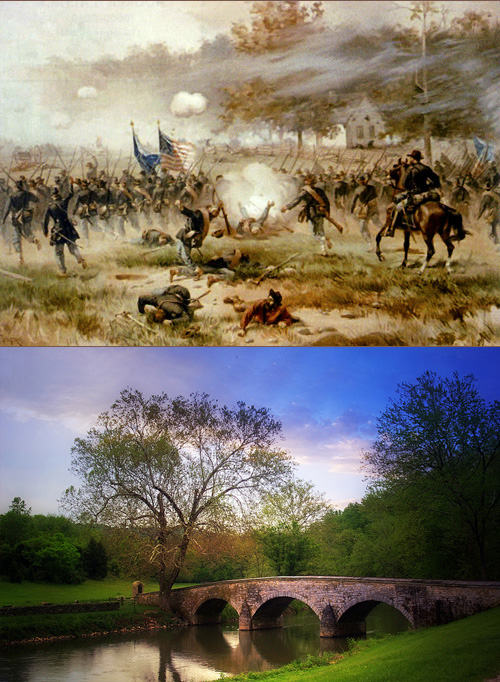
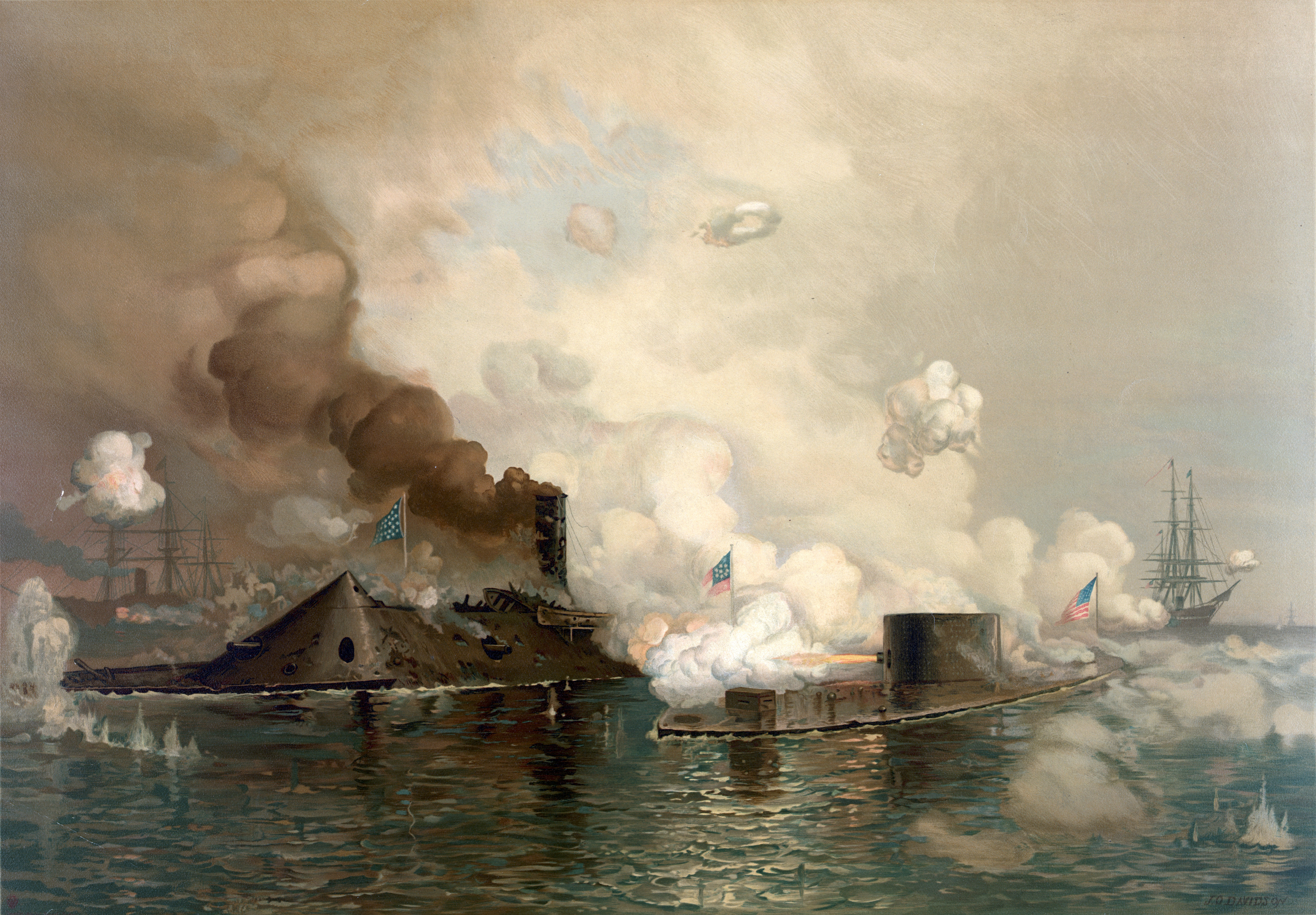
American Civil War:
1862 - Battle of Shiloh; In Tennessee, forces under Union General Ulysses S. Grant meet Confederate troops led by General Albert Sidney Johnston.
1865 - Battle of Sayler's Creek; Confederate General Robert E. Lee's Army of Northern Virginia fights its last major battle while in retreat from Richmond, Virginia.
Reconstruction Era of the American Civil War:
1866 - The Grand Army of the Republic, an American patriotic organization composed of Union veterans of the American Civil War, is founded. It lasts until 1956.
Wikipedia Image: ● Lincoln Memorial; an American national monument built to honor the 16th President of the United States, Abraham Lincoln - located on the National Mall in Washington, D.C. across from the Washington Monument.
● The northern army led by George McClellan and the southern army led by Robert E. Lee met at Antietam Creek, Maryland in September, 1862. It was a bloody battle where 13,000 Confederates and 12,000 Union troops died in just one day. McClellan had hesitated to attack before the battle thus letting the southern troops regroup. Also, he had saved reserves and refused to use them at the end of the battle thinking that Lee was holding reserves for a counterattack, even though those reserves didn't exist. The Union victory stopped Lee's northward advance and was a turning point in the war.
● Battle of Antietam / Stone Bridge at Antietam Battlefield - Sharpsburg, Maryland
● First Battle Between Ironclads: CSS Virginia/Merrimac (left) vs. USS Monitor, in 1862 at the Battle of Hampton Roads.
● Although photography was still in its infancy, war correspondents produced thousands of images, bringing the harsh realities of the frontlines to those on the home front in a new and visceral way. The Atlantic.
April 6th, 1869

Celluloid is patented.
Wikipedia Photo: Reverend Hannibal Goodwin patents celluloid photographic film on September 13th, 1898.
April 6th, 1896

1896 - Summer Olympics (1896): In Athens, Greece the opening of the first modern Olympic Games is celebrated, 1,500 years after the original games are banned by Roman Emperor Theodosius I.
Wikipedia Photo: 2012 Olympics in London, England.
April 6th, 1903
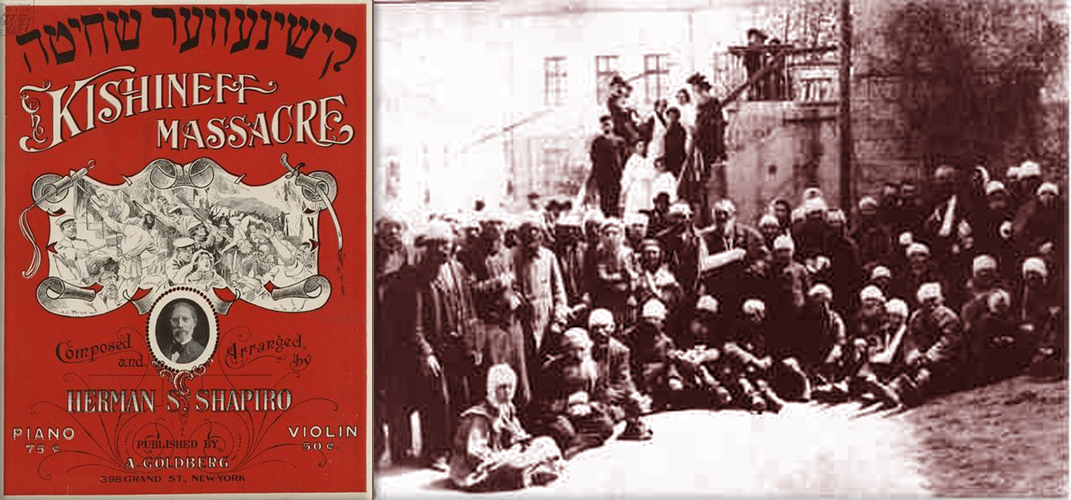
Kishinev pogrom: In Kishinev (Bessarabia) begins, forcing tens of thousands of Jews to later seek refuge in Israel and the Western world.
Wikipedia Photo: Kishinev pogrom; Jews murdered, more than 500 injured, 700 houses looted and destroyed, 600 businesses looted, 2,000 families left homeless.
April 6th, 1909

Robert Peary and Matthew Henson reach the North Pole.
Wikipedia North Pole; (Geographic North Pole or Terrestrial North Pole), defined as the point in the Northern Hemisphere where the Earth's axis of rotation meets its surface. (Not be confused with the North Magnetic Pole -the point on the surface of Earth's Northern Hemisphere at which the planet's magnetic field points vertically downwards.) ● Northern Hemisphere Blue Marble image for January with coastlines and the North Pole referenced (red cross). ● Sunset at the North Pole landscape. ● Sunset at the North Pole.
April 6th, 1917

World War I:
1917 - The United States declares war on Germany (see United States President Woodrow Wilson's address to Congress.
Wikipedia Photo: Trenches on the Western Front; a British Mark IV Tank crossing a trench; Royal Navy battleship HMS Irresistible sinking after striking a mine at the Battle of the Dardanelles; a Vickers machine gun crew with gas masks, and German Albatros D.III biplanes. National Archives and Records Administration.
April 6th, 1919

1919 - Mohandas Gandhi orders a general strike.
1930 - Gandhi raises a lump of mud and salt and declares, "With this, I am shaking the foundations of the "British Empire" beginning the Salt March.
Wikipedia Photo: Mohandas Gandhi, Gandhi (1906), Mohandas K. Gandhi arrived in South Africa as a young British-trained lawyer (1893) - The New York Times; Gandhi in South Africa (1895); Mahatma Gandhi spinning yarn, (1920); Mohandas Karamchand Gandhi.
April 6th, 1926
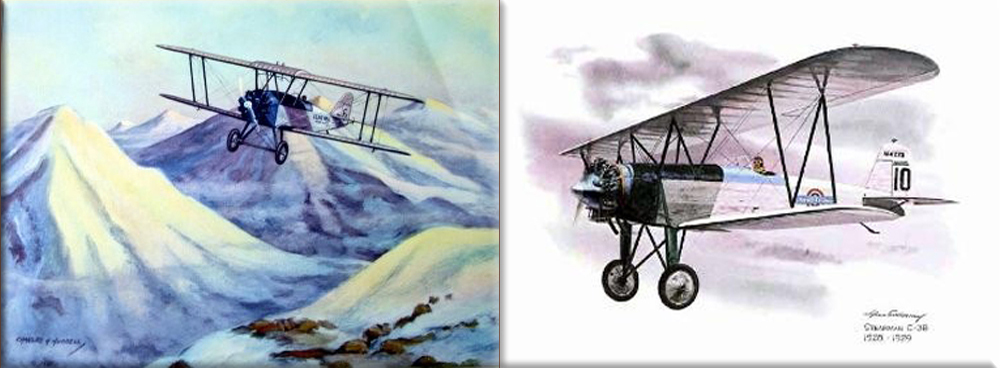
Varney Air Lines makes its first commercial flight (Varney is the root company of United Airlines).
Wikipedia Early USPS Airmail Mail Plane, Varney Air Lines 1926 ● Stearman C-3B (1928-1929).
April 6th, 1929
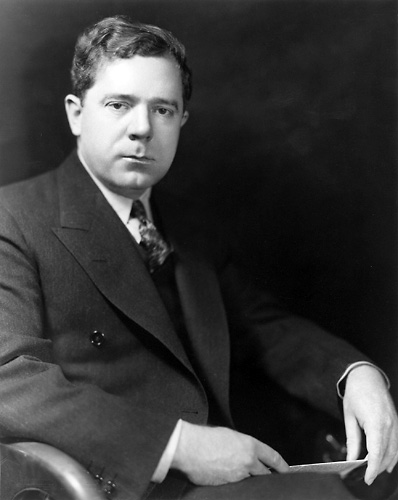
Huey Long, nicknamed "Kingfish", Governor of Louisiana is impeached by the Louisiana House of Representatives
Wikipedia Photo: Huey Long Biography.
April 6th, 1936
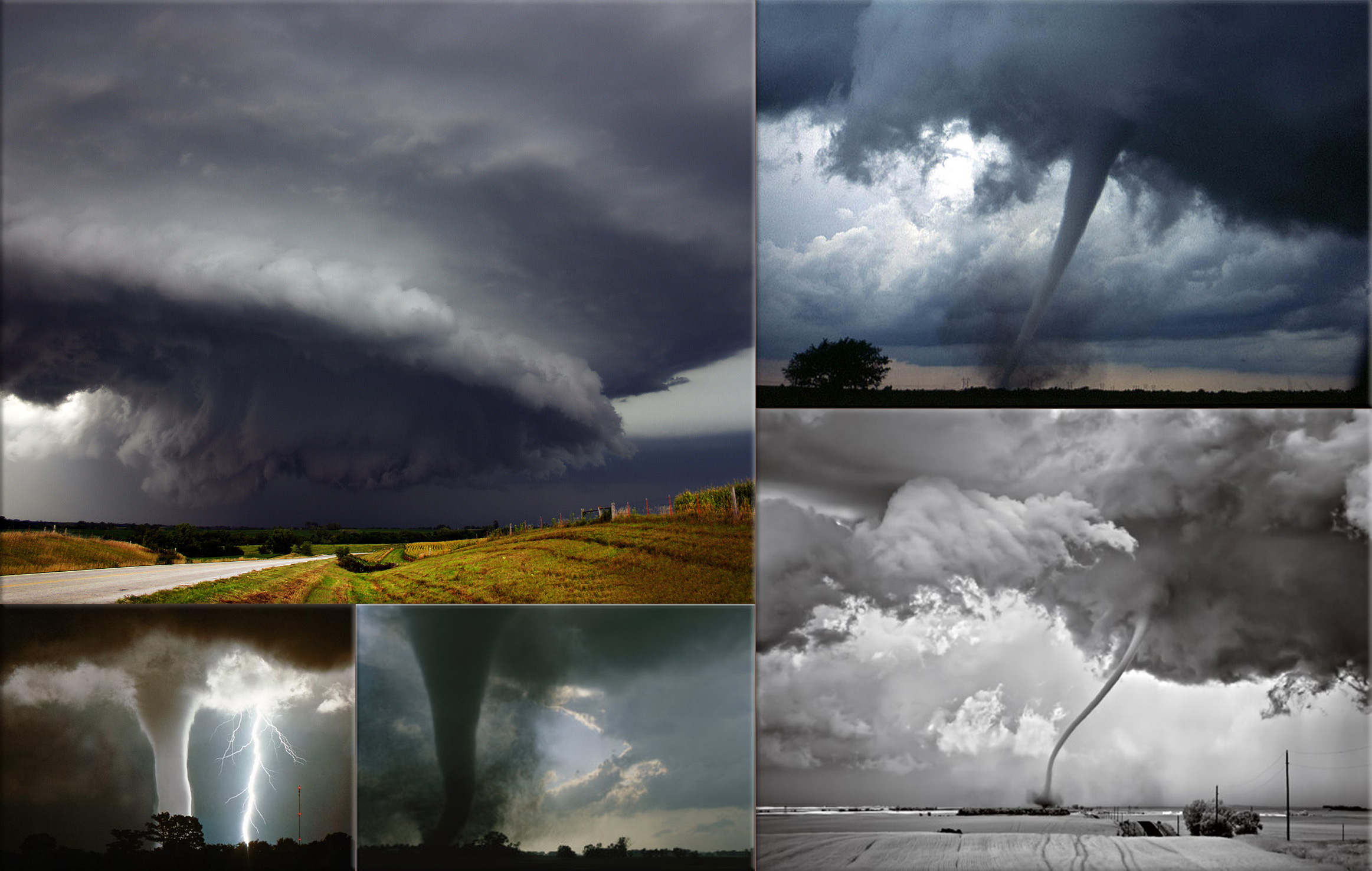
Tornadoes:
1936 - Tupelo-Gainesville tornado outbreak; Another tornado from the same storm system as the Tupelo tornado hits Gainesville,_Georgia killing 203.
Wikipedia Photo: Weather Front System; Tornado near Anadarko, Oklahoma; North Dakota Tornado; F3 Category Tornado Swirls Across A South Dakota Prairie by Carsten Peter; A waterspout parallels a lightning strike over Lake Okeechobee in Florida, by Fred K. Smith, National Geographics, Extream Instability.
April 6th, 1941
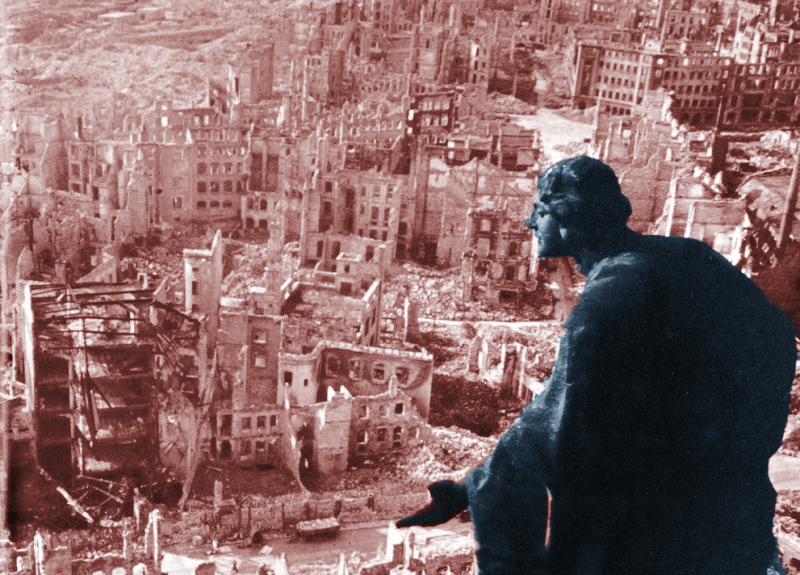

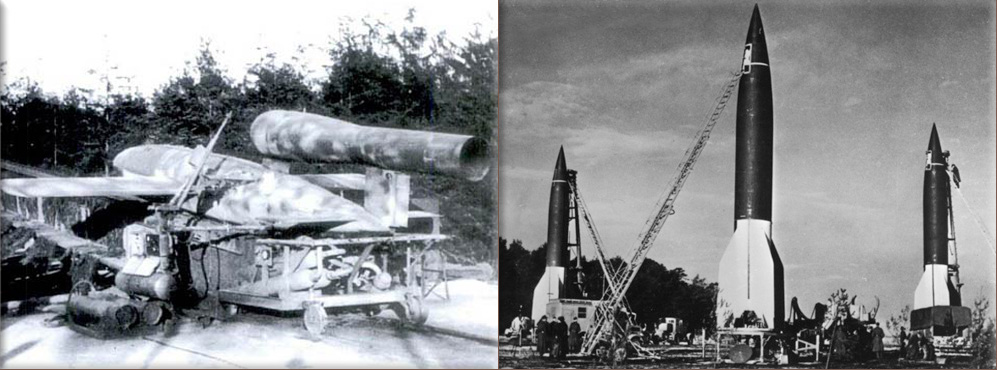
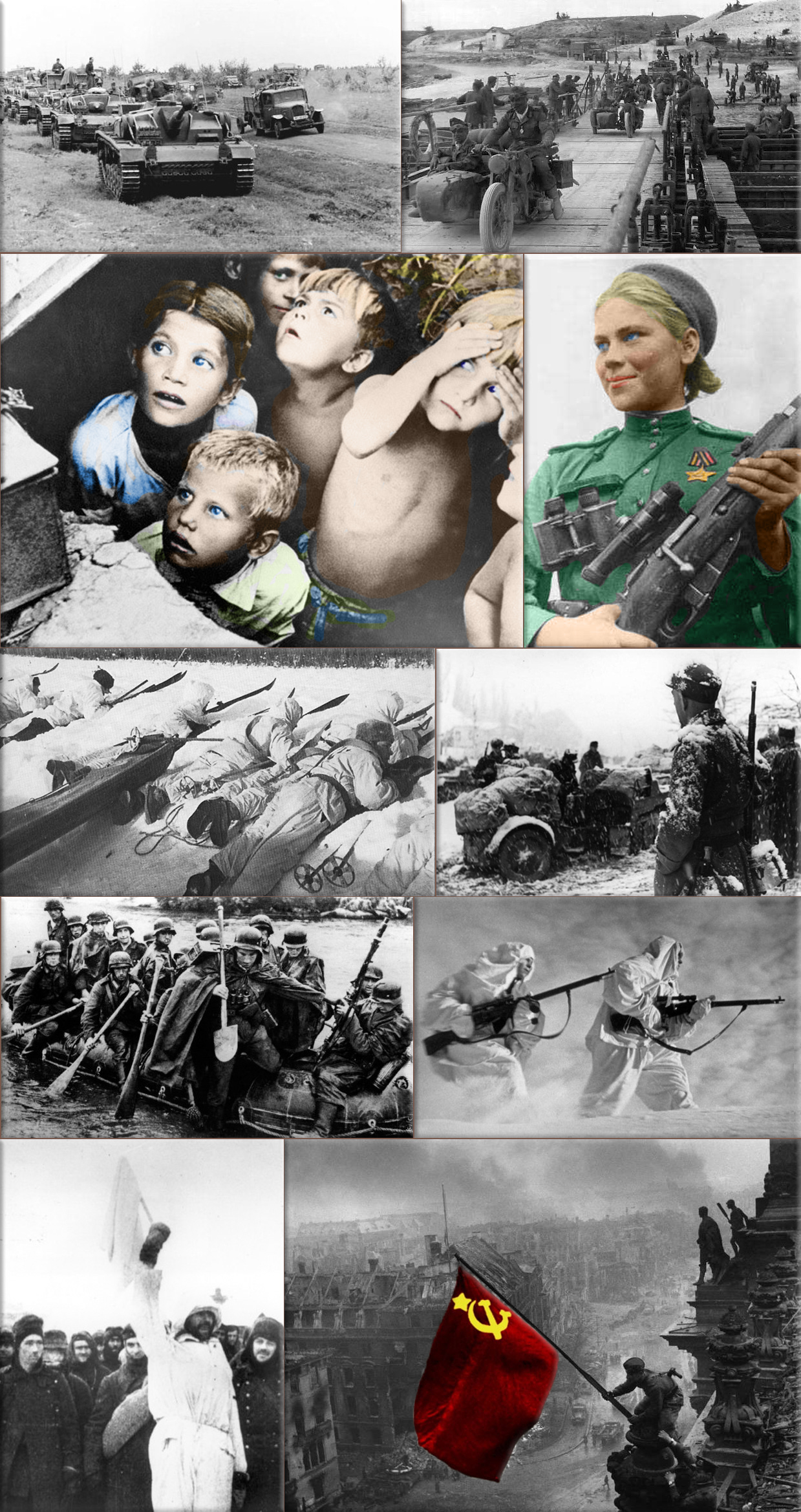
World War II:
1941 - Invasion of Yugoslavia; Nazi Germany launches Operation 25 (the invasion of Kingdom of Yugoslavia).
1941 - Battle of Greece; (Operation Marita) the invasion of Greece.
1945 - Sarajevo is liberated from Nazi Germany and Croatian forces by the Yugoslav Partisans.
1945 - Battle of Slater's Knoll; at Bougainville comes to an end.
Wikipedia Photo: Bombing of Dresden in World War II; August Schreitmüller's sculpture 'Goodness' surveys Dresden after a firestorm started by Allied bombers in 1945.
USS Bunker Hill was hit by kamikazes piloted by Ensign Kiyoshi Ogawa and another airman on 11 May 1945. 389 personnel were killed or missing from a crew of 2,600; Ensign Kiyoshi Ogawa, who flew his aircraft into the USS Bunker Hill during a Kamikaze mission on 11 May 1945; Kamikaze Missions - Lt Yoshinori Yamaguchi's Yokosuka D4Y3 (Type 33 Suisei) "Judy" in a suicide dive against USS Essex. The dive brakes are extended and the non-self-sealing port wing tank is trailing fuel vapor and/or smoke 25 November 1944.
German V1 flying-bomb and V2 Rockets - Preparations for a Salvo Launch of V-2 Rockets in the Heidelager near Blizna (Poland) (1944), credit German History in Documents and Images GHDI.
Eastern Front (World War II); Germans race towards Stalingrad. August 1942; Soviet children during a German air raid in the first days of the war, June 1941, by RIA Novosti archive; Soviet sniper Roza Shanina in 1944. About 400,000 Soviet women served in front-line duty units Caucasus Mountains, winter 1942/43; Finnish ski patrol: the invisible enemy of the Soviet Army with an unlimited supply of skis; Men of the German Engineers Corps cross a river which is swollen after the first autumn rains, to strengthen bridges linking the German positions on the central front in Russia. by Keystone / Getty Images. October 1942; Russian snipers fighting on the Leningrad front during a blizzard. Photo by Hulton Archive / Getty Images, 1943; German soldiers surrendering to the Russians in Stalingrad, the soldier holding the white flag of surrender is dressed in white so that there could be no doubt of his intentions, a Russian soldier is on the right of the photograph. by Keystone / Getty Images, January 1943.
April 6th, 1947
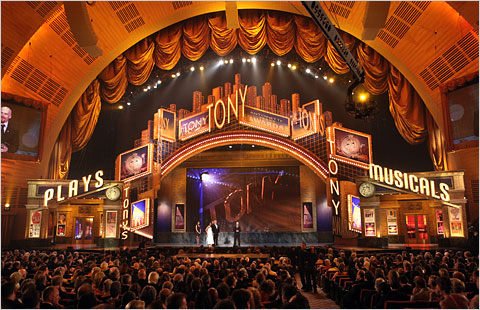
Tony Awards are presented for theatrical achievement for the first time.
Wikipedia Image: The Tony Awards at Radio City Music Hall, credit New York Times
April 6th, 1962

New York Philharmonic concert of April 6, 1962: Leonard Bernstein causes controversy with his remarks from the podium during a New York Philharmonic concert featuring Glenn Gould performing Brahms' First Piano Concerto .
Wikipedia Photo: Leonard Bernstein, New York Philharmonic.
April 6th, 1965

Launch of Early Bird, the first communications satellite to be placed in geosynchronous orbit.
Wikipedia Photo: NASA launch of Early Bird, or Intelsat I, the world’s first commercial communications satellite, on April 6, 1965, from Cape Kennedy, Florida. credit: NASA Kennedy Space Center ● Intelsat-1 1 [Boeing BSS]
April 6th, 1970
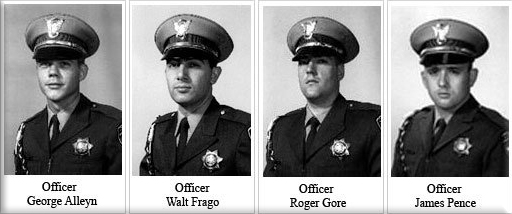
Newhall massacre: Four California Highway Patrol officers are killed in a shootout.
Wikipedia Photo: Newhall massacre: The tragedy at Newhall was a wakeup call for law enforcement agencies across the country, and may have caused the birth of the term “officer safety” that is so heavily emphasized in police training today. credit ConstitutionClub.org
April 6th, 1972


Vietnam War:
1972 - Easter Offensive; American forces begin sustained air strikes and naval bombardments.
Wikipedia Photo: Vietnam_War; Side view of an HH-53 helicopter of the 40th Aerospace Rescue and Recovery Squadron as seen from the gunner's position on an A-1 of the 21st Specialist Operations Squadron. (USAF Photo by Ken Hackman), Boston Globe;
Boeing B-52 Stratofortress, credit Free Republic;
Vietnam War: The Big Picture / Boston Globe.
April 6th, 1973

The American League of Major League Baseball begins using the designated hitter.
Wikipedia Image: Major League Baseball Logos.
April 6th, 1998
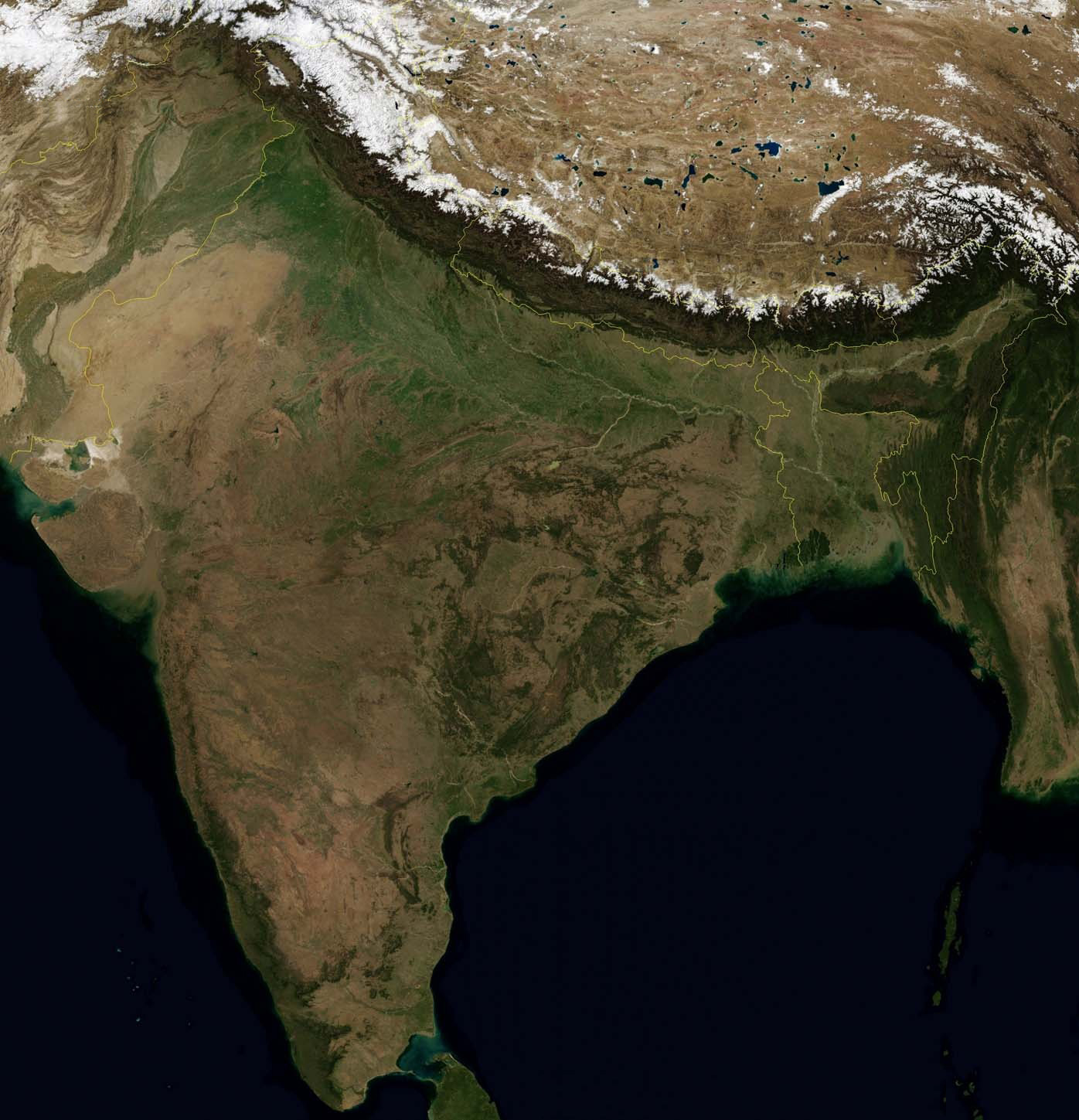
Indo-Pakistani War of 1971:
1998 - Pakistan tests medium-range missiles capable of reaching India.
2010 - Maoist attack in Dantewada; Maoist rebels (Communist Party of India) kill 76 CRPF officers in Dantewada district, India.
Wikipedia Image: Map Satellite India, Pakistan, Nepal, Bhutan, Tibet AR, Bangladesh.
April 6th, 2011
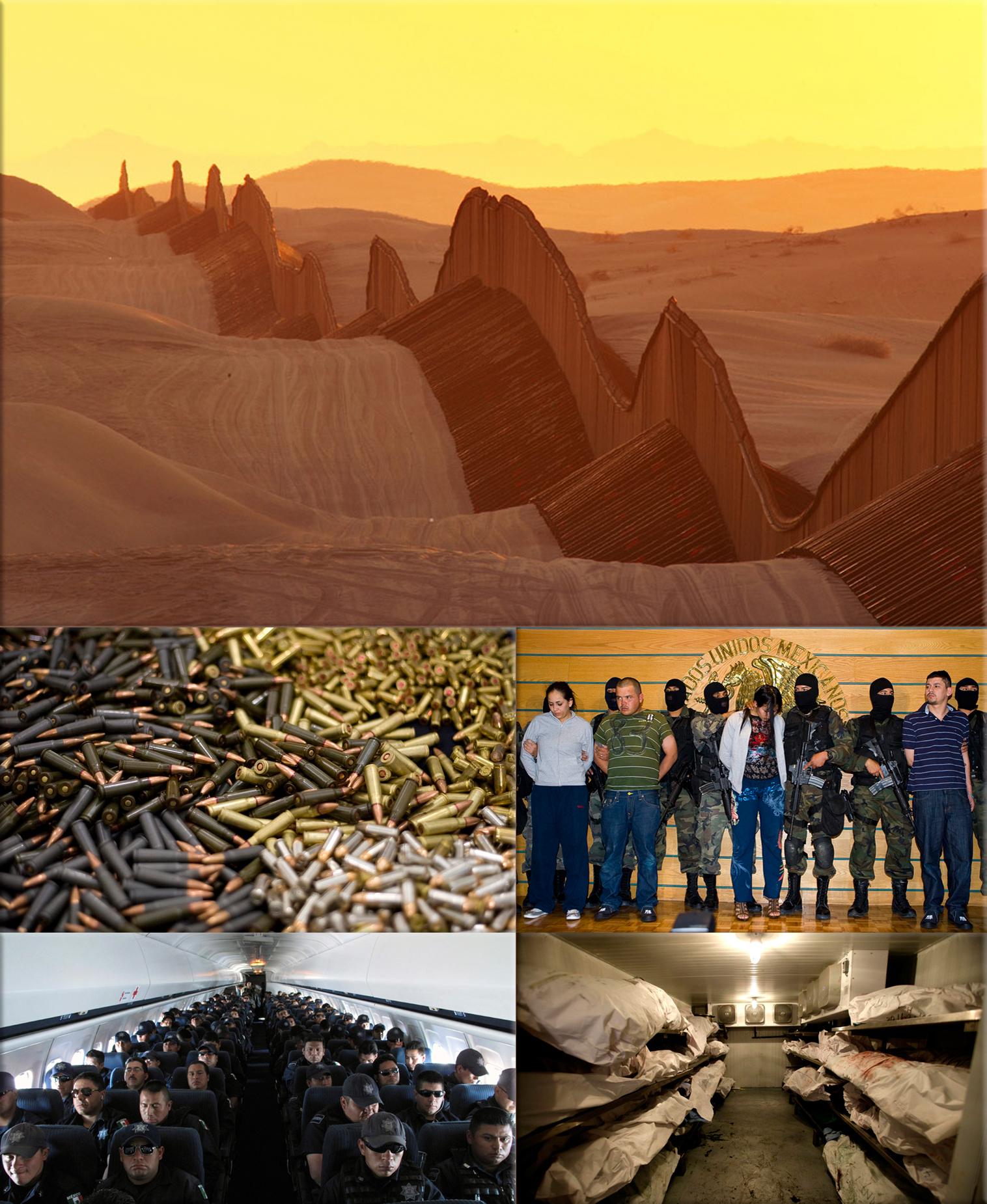
War on Drugs:
2011 - San Fernando massacre; In San Fernando, Tamaulipas, Mexico, over 193 bodies were exhumed from several mass graves made by Los Zetas.
Wikipedia Photo Mexico's Drug War ● U.S. - Mexico border fence between Yuma, Arizona and Calexico, California (David McNew, Getty Images) ● Seized ammunition in Mexico city's airport on March 12, 2009 (Jorge Dan, Reuters) ● Yaneth Deyinara Garcia (center) and Sigifrido Najera (2nd from left), members of the drug Organization "Cardenas Guillen", are presented to the press at the headquarters of the Defense Secretary in Mexico City on March 20, 2009. (Luis Acosta, AFP/Getty Images) ● Federal police officers sit aboard an aircraft while flying to the border city Ciudad Juarez in Mexico, Monday, March 2, 2009. (Miguel Tovar, AP) ● Bodies awaiting autopsies crowd a walk-in refrigerator at the morgue in the border city of Ciudad Juarez, Mexico, Feb. 18, 2009 (Eduardo Verdugo, AP) source: Boston Globe, The Big Picture
